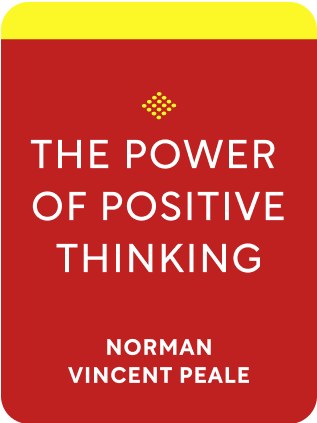

This article is an excerpt from the Shortform book guide to "The Power of Positive Thinking" by Norman Vincent Peale. Shortform has the world's best summaries and analyses of books you should be reading.
Like this article? Sign up for a free trial here .
Is your mind filled with racing thoughts and incessant worry? What can you do to slow down your mind and bring it to a calmer, more stable state?
Living with strain and anxiety is difficult while living in a state of harmony makes for an easy, calm existence. There are several methods by which you can learn how to gain peace of mind, serenity, and calm attitudes.
Try these strategies for quieting your mind and attaining inner peace.
Peace of Mind
In his book The Power of Positive Thinking, Norman Vincent Peale explains how to gain peace of mind through meditation:
- Empty your mind of fear, insecurities, regrets, and other negative emotions; you’ll experience relief and release. After you empty your mind, refill it with positive, healthy thoughts and peaceful images.
(Shortform note: While Peale doesn’t explain how to empty your mind of negativity, one way is the Jewish ritual of tashlich (“casting away”). On the first day of Rosh Hashanah (the Jewish new year), congregants symbolically cast their sins—often physically represented by bread crumbs—into a body of running water. This ritual helps Jews to let go of their fears and regrets from the past year, and face the coming year with a fresh mindset.)
- Use peaceful words and engage in peaceful conversations during your daily life.
(Shortform note: What Peale calls “suggestive articulation” is a practice more commonly referred to as reciting a mantra; a word or simple phrase that you can repeat many times in a row. Doing so focuses your attention and your willpower on what you want to do, or who you want to be. For example, someone struggling with self-esteem issues might repeat, “I am strong, I am intelligent, I am worthy.”)
- Find time to sit in silence.
| The two exercises that Peale suggests—emptying your mind and sitting in silence—are different forms of meditation. The first is a variation on candle meditation. The idea of candle meditation is to either look at a candle flame or picture one in your mind, and think of nothing else. You should acknowledge any thoughts that intrude on your meditation, and then dismiss them; as you continue to practice, those intrusive thoughts should come less frequently and disappear more quickly. This is because candle meditations help you to develop focus and mental discipline. Peale’s second exercise is a type of visualization meditation that’s designed to put you into a calm, content state of mind. Some would call this particular exercise a “happy place” visualization. Peale’s emphasis on silence and solitude is meant to help you avoid distractions so that you can just be alone with your thoughts. |
- Stop punishing yourself for some real or imagined sin. You can find peace of mind by releasing your guilt and putting it in God’s hands.
| Peale says that if you feel guilty, it’s because you’re blaming yourself for something that you’ve done or think you’ve done. Marcus Aurelius (the author of Meditations, one of the definitive Stoic texts) offers this advice about blame: Blame is pointless. People often cause harm because of ignorance, or by accident. Blaming people (including yourself) for what they don’t know, or because they made a mistake, is pointless; it’s much better to teach them (or learn) how to avoid that issue in the future. Blame is useless. Even if you could reasonably blame someone (again, including yourself), doing so wouldn’t make the situation any better. Therefore, assigning blame is a waste of time and energy. |

———End of Preview———
Like what you just read? Read the rest of the world's best book summary and analysis of Norman Vincent Peale's "The Power of Positive Thinking" at Shortform .
Here's what you'll find in our full The Power of Positive Thinking summary :
- That there is no problem or obstacle you can’t overcome with faith, positive thinking, and prayer
- The practical techniques of applied Christianity
- How to take control of the events in your life rather than be directed by them






